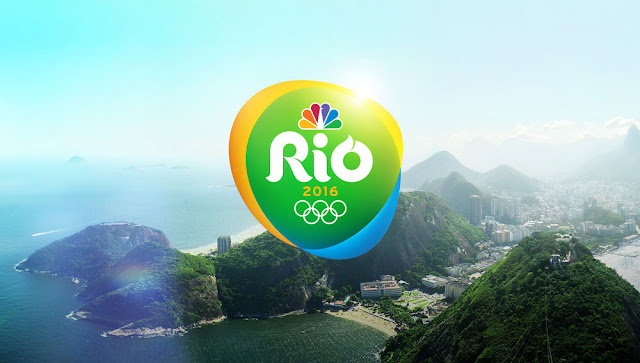TAG | stairwell lighting
15
Are your stairs safely illuminated or are you risking court?
Comments off · Posted by admin in LED
In the UK, the Health and Safety Executive’s Guide HSG38 ‘Lighting at Work’, published in 1997, gives minimum recommended illumination levels that meet health and safety requirements. Inside this document, it states that these recommendations should provide the minimum light levels necessary for the health and safety of employees. They apply to interior and exterior lighting intended for everyday use.
The average illuminance required in HSG38 is 20 lux and the minimum measured illuminance required is five lux. It has a footnote that states that only safety has been considered because no perception of detail is needed and visual fatigue is unlikely. Where there are other considerations, which might need to be taken in to account, the HSG recommends referring to the CIBSE/SLL Code for Lighting.
The levels recommended in the Code for Lighting are based on the European Standard EN12464-1, 2011 which is published in the UK as BS EN 12464-1. For indoor stairs, escalators and travellators, the recommendation is for an average illuminance of 100 lux. It also requires that there is ‘enhanced contrast on the steps’.
The main reason for the difference between these values and those of the HSG document is that EN 12464 concerns performing the given visual task efficiently and accurately, rather than the minimum required for safety. Here, the task is walking up and down a staircase.
One omission is that the recommendations are an average over an undefined area; although one would reasonably assume that it would be the horizontal illumination on the stair treads including the most important top and bottom ones.
Exceptions
There is an important exception to these requirements and this applies to dim environments where the standard 100 lux level may be distracting or cause problems with visual adaption. As well as night clubs and bars, hospitals often have dim lighting at night to allow for the observation of patients. Museums and art galleries sometimes have sensitive objects illuminated to only 50 lux and their surroundings are much darker.
The general principle in dim environments is that the top and bottom step of any flight of stairs are illuminated more brightly than their immediate surroundings. They should also have a contrasting nosing on each step.
To give a perceptual difference, the first step should be lit to a lighting level one ‘standard lighting interval’ above ambient. These lighting intervals are in the Code for Lighting and taken from EN 12665. The lower levels are 20 – 30 – 50 – 75 – 100 – 200 lux. As an example, if the average illuminance on the floor is 20 lux, the first step should be 30 lux.
The Society of Light and Lighting will shortly be issuing a guidance document on the specific issue of lighting for stairs.
Visit our LED Bulkhead section to view the available lighting solutions for stairwells and other communal areas.
communal lighting · HSG38 · led 2d · led bulkheads · led lighting · Lighting at Work · Novel Energy Lighting · stairwell lighting
28
Officials slam badly lit Olympic Village as ‘unlivable’
Comments off · Posted by admin in LED

The Olympic Village is not up to scratch and lacks good lighting, international officials are claiming.

The Rio 2016 Athlete’s Village is the biggest in Olympic history, but the accommodation is plagued with teething problems.
The Olympic Village in Rio de Janeiro has been described as ‘unsafe’ and ‘unlivable’ just two weeks before the Games are set to begin.
No lighting has been installed in the stairwells of the 31, 17 storey tower blocks that comprise the largest accommodation site in Olympic history.
Australian Olympic officials have said that they will refuse to let their team move in unless the lighting issues are rectified, an issue which they say will put their athletes at risk if left unresolved.
Great Britain, the USA, Italy and New Zealand have also raised complaints with Olympic officials and some athletes plan to boycott the village.
Other maintenance problems have also been reported such as blocked toilets, leaking pipes, exposed wiring and dirty floors.
Rio officials are said to have dispatched a team of cleaners and electricians to solve the snagging issues and in the mean time some athletes are being offered accommodation in hotels.
As hosts, what we want is for everyone to feel at home. It is natural that you have some kind of adjustments to do, but we will make the Australians feel at home here
Janeiro Eduardo Paes – Mayor of Rio de Janeiro
The Mayor of Rio de Janeiro, Janeiro Eduardo Paes, responded to the Australian criticism by claiming that the Rio Olympic Village was considerably better than the one provided by Sydney for the 2000 games.
‘As hosts, what we want is for everyone to feel at home. It is natural that you have some kind of adjustments to do, but we will make the Australians feel at home here,’ the mayor said in response to the criticism.
‘I almost feel like putting a kangaroo in front of their building to make them feel at home,’ Paes concluded.
Essentials aside, the Olympic Village apartments do come with air-conditioning and mosquito repellers in an attempt to prevent another major problem set to threaten the 2016 Games, the Zika virus.
building lighting · led lighting · Novel Energy Lighting · olympic village lighting · rio lighting · rio olympics · stairwell lighting · tower block lighting

